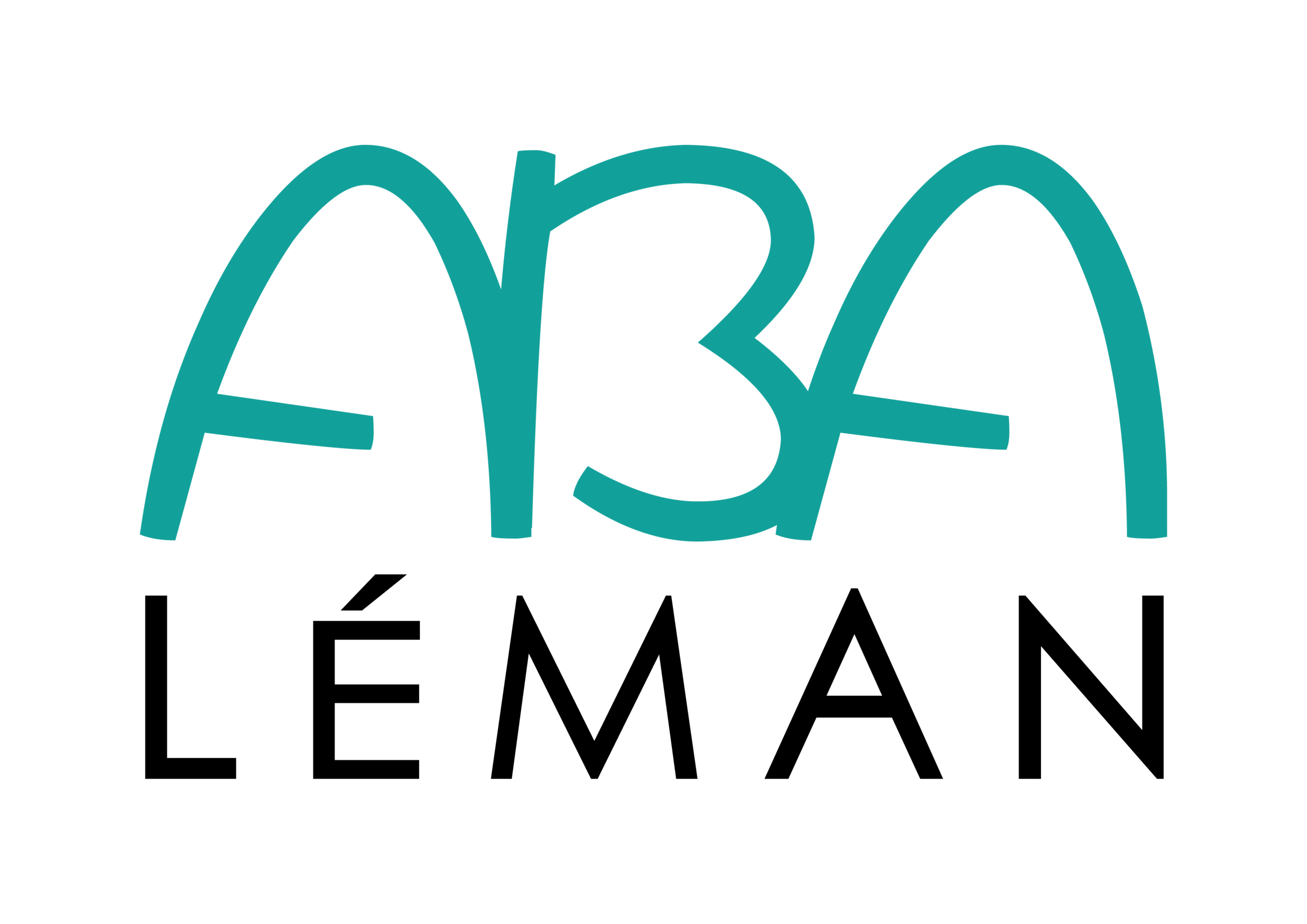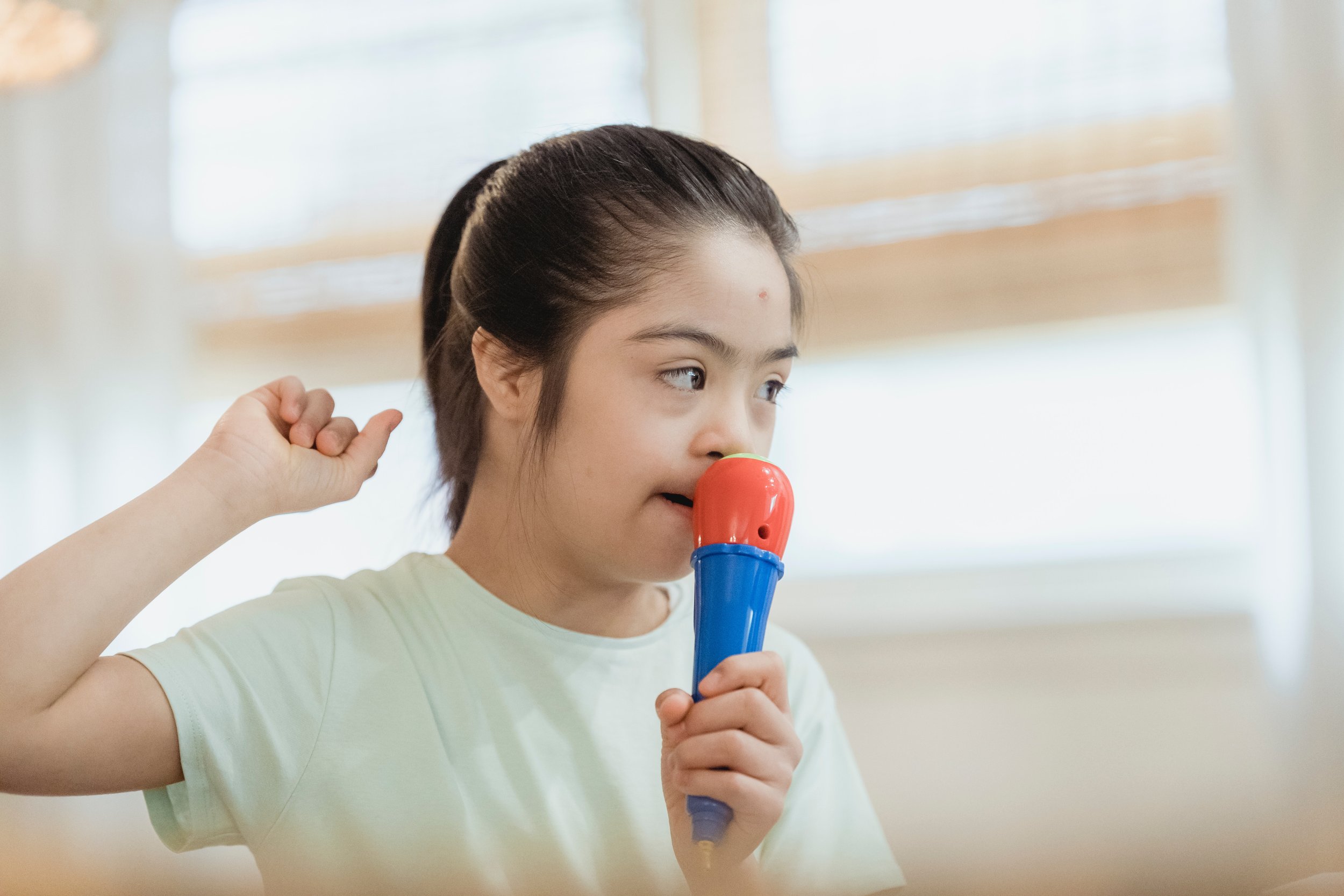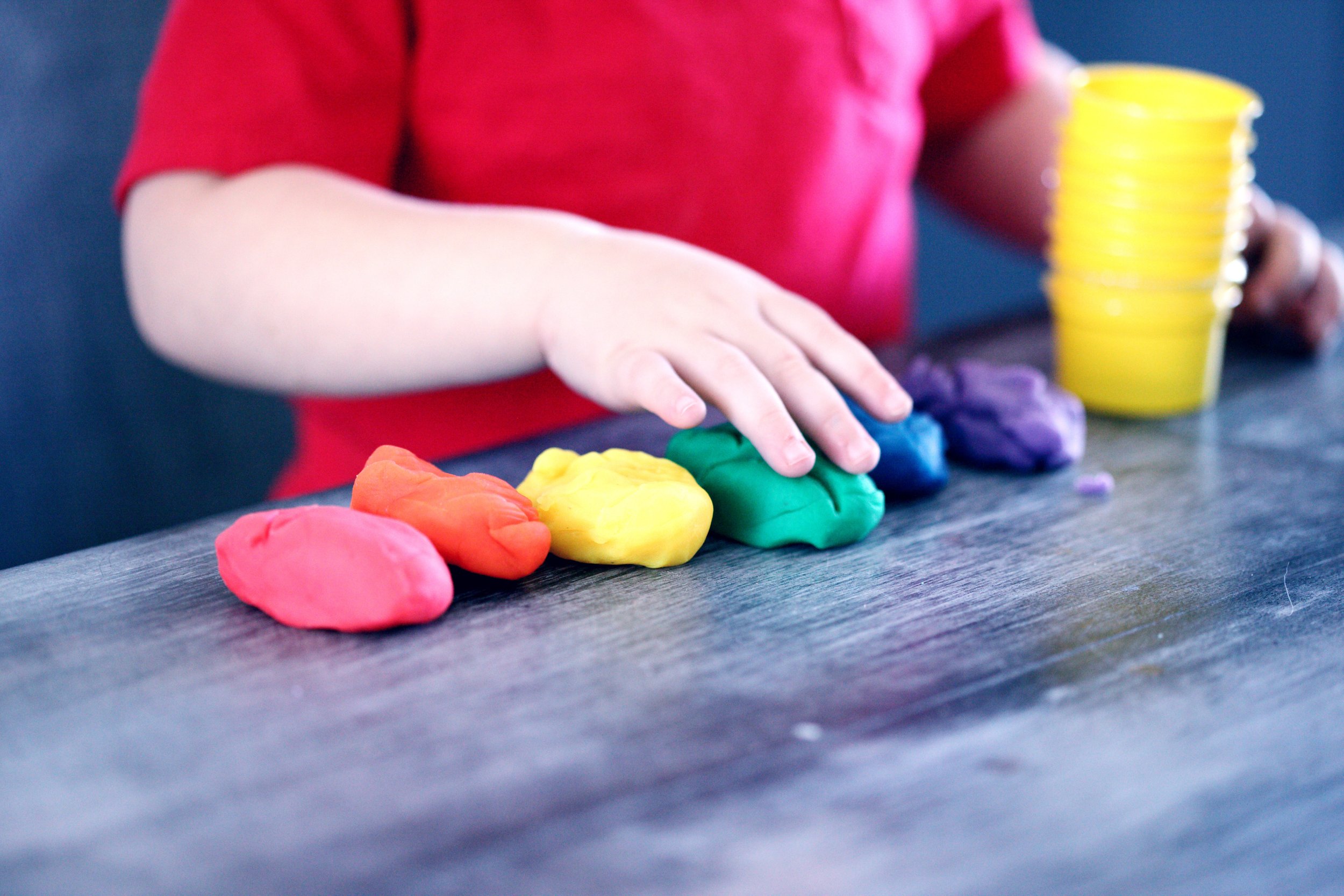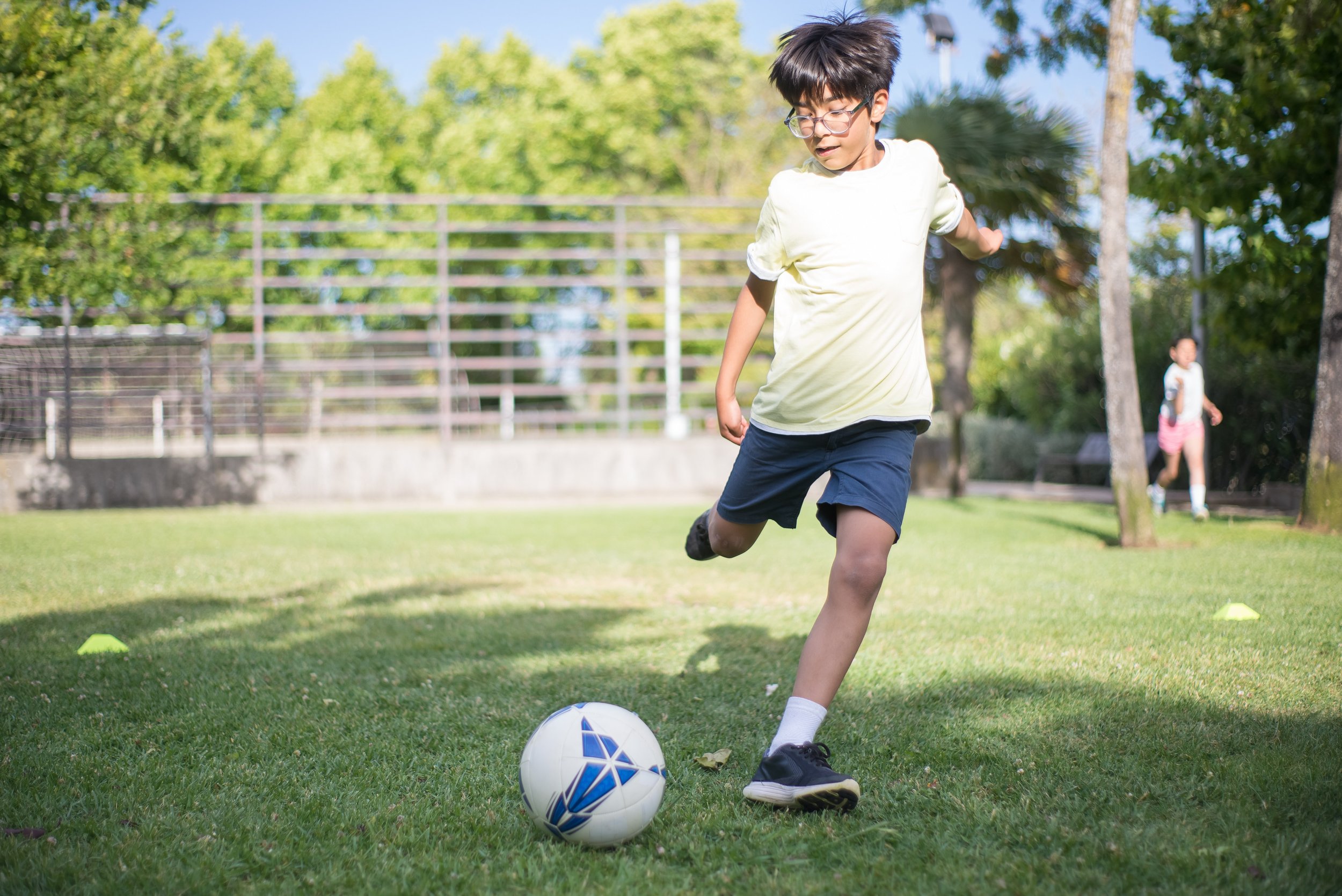Self-stimulation: why it occurs & how to manage it?
What is self-stimulation?
Self-stimulation, also known as stimming, is a common characteristic in children with ASD. It is a behavior that feels good, appears repeatedly in the form of movements, sounds or words. It helps the individual to focus on himself in response to what is happening on the environment.
According to scientists, a child with autism stims to regulate himself in response to anxiety, of an overstimulating or understimulating environment. There are different forms of self-stimulation: tactile (touch), olfactory (smell), visual (sight), auditory (hearing), vestibular/kinetic (movement).
Self-stimulating behaviors may interfere with schoolwork and social activities. For those with severe stimming, can lead to social exclusion and learning difficulties. Repetitive behaviors of these degree can make it difficult to focus on play and learning new skills. In some cases, self-stimulation can be destructive and harmful to the child and others around him.
Most common ways of stimming
Tactile stimulation: It is the most common form of self-stimulation in children with autism, can be shown as clapping hands, snapping fingers, rubbing hands, scratching hands, biting hands, rubbing objects, scratching scabs, swallowing objects.
Auditory stimulation: The second most common for children with ASD. It manifest in repetitive behaviors, which have an impact on the sense of hearing. It includes humming, growling, high-pitched screams, repetitive speech.
Visual stimulation connects with the child's sight and may involve repetitive blinking, turning lights on/off, staring at certain objects, lining up items.
Olfactory stimulation may involve smelling, tasting, or licking objects, body parts or other individuals.
Kinetic stimulation is related to balance and involves for example rocking back and forth, turning, jumping repetitively.
Why do individuals stim?
For most children with ASD, it helps them manage sensory loads. If the child is in an overstimulating environment, focusing on one single behavior will help him keep his balance. They will also engage on stimming if the environment lack stimulation they can self-stimulate to obtain a missing sensory information.
Another reason for self-stimulation, is to control anxiety. By focusing on one behavior at a time, they can reduce the anxiety of the situation.
Stimming also released endorphins which may help to reduce physical pain. It also becomes an expression of enthusiasm or excitement.
Self-stimulation can be used as a self-management tool to cope with frustration or anger. A nonverbal child may engage in stimming to express distress.
Some other children will use stimming to get attention. If this behavior has been paid attention in the past, it is possible they engage on it again to get the same result.
Can you control your child’s stimming?
Most forms of self-stimulation are not dangerous. They help your child auto-regulate and to have control over their emotions.
Self-stimulation should only worry you when it affects your child's social environment. If it disturbs his learning, his play, or if it is not safe for him or others.
It is not worth it for parents to get angry or frustrated at these behaviors. The main goal is to teach self-control strategies to your child, so they know how to deal with them.
How to deal with self-stimulation?
The most important thing is to understand why the stimming occurs. Once you have found the cause, you will be able to help your child to cope with this behavior.
If the cause is sensory overload, it is necessary to define what in the environment is causing this excess. You may want to offer a quieter space or propose only one activity at a time. For example, swimming/floating on a quite pool can sooth an overstimulated child.
In the contrary, if the problem is lack of stimulation, it will be helpful to enrich the environment. Play music in the background, add new toys, activities, textures, and more time/play outside. Running is an excellent exercise. If possible, offer your child objects on which he can bounce or spin.
If your child’s stimming is related to anxiety, you will find the cause on the environment. Observe what has changed in your child's surroundings, and how can you help them to adapt. A useful tool is to prepare your child for new situations, talk to him and show him pictures, so he will know what to expect. Teach him some self-management skills that he can put on place to deal with the situation.
When your child stims, instead of trying to stop it, try to redirect him to other pleasurable activities/toys. It will help him to focus on something else rather than in the self-stimulation. Also, if the behavior is not dangerous for you or your child, do not hesitate to join in. This will still offer him a precious social interaction.
Seek for professional advice if stimming is interfering with your child’s daily life, school, playdates, social interactions. ABA its highly recommended to support these behaviors. It is individualized, it focuses on your child's strengths and weaknesses to improve their social skills. It teaches self-control and self-regulation. It teaches the child to manage routine changes and apply various strategies learned in different new situations.
Acceptance
Stimming is part of the autism spectrum. It is a coping mechanism that allows individuals to self-regulate in the presence of anxiety and a complex environment. Once you understand why your child engages in stimming, what it means and how to help them manage it. You will be giving the proper support.















